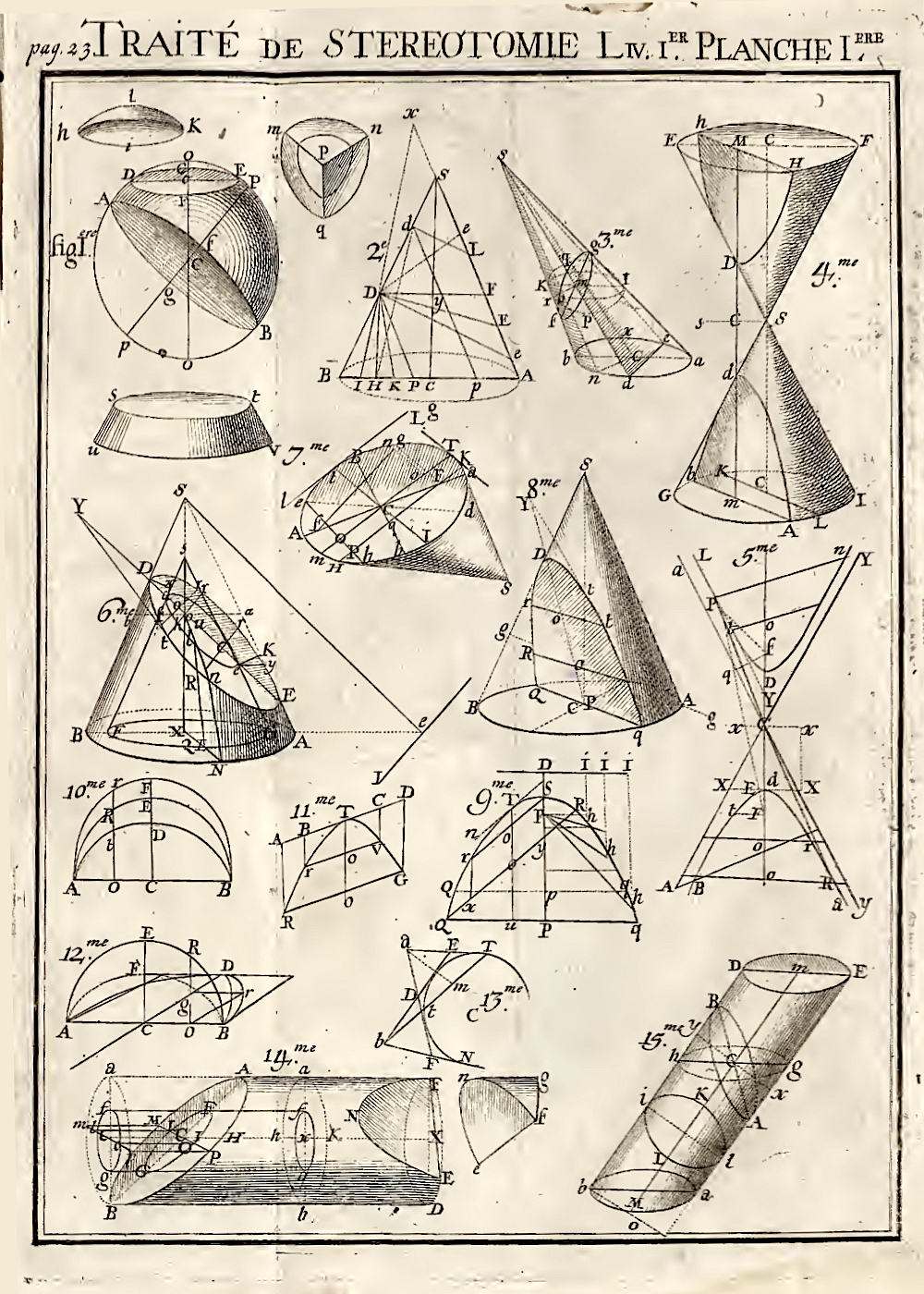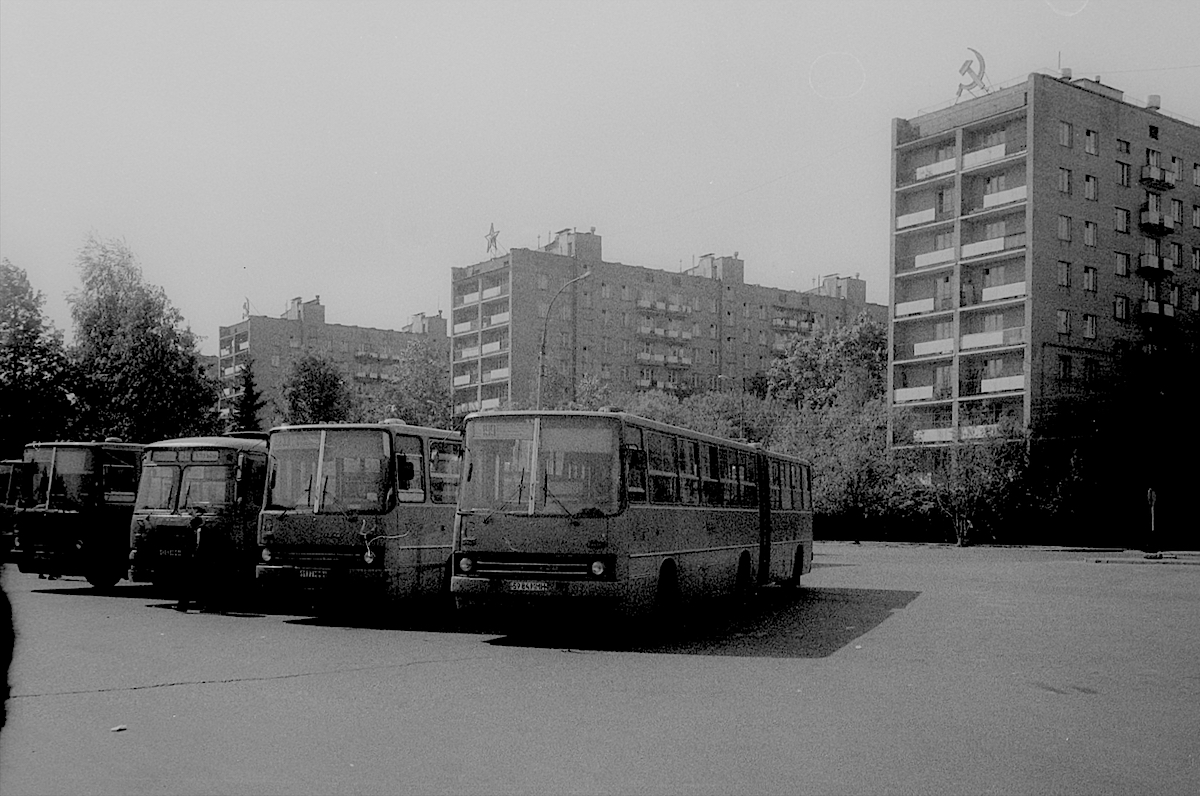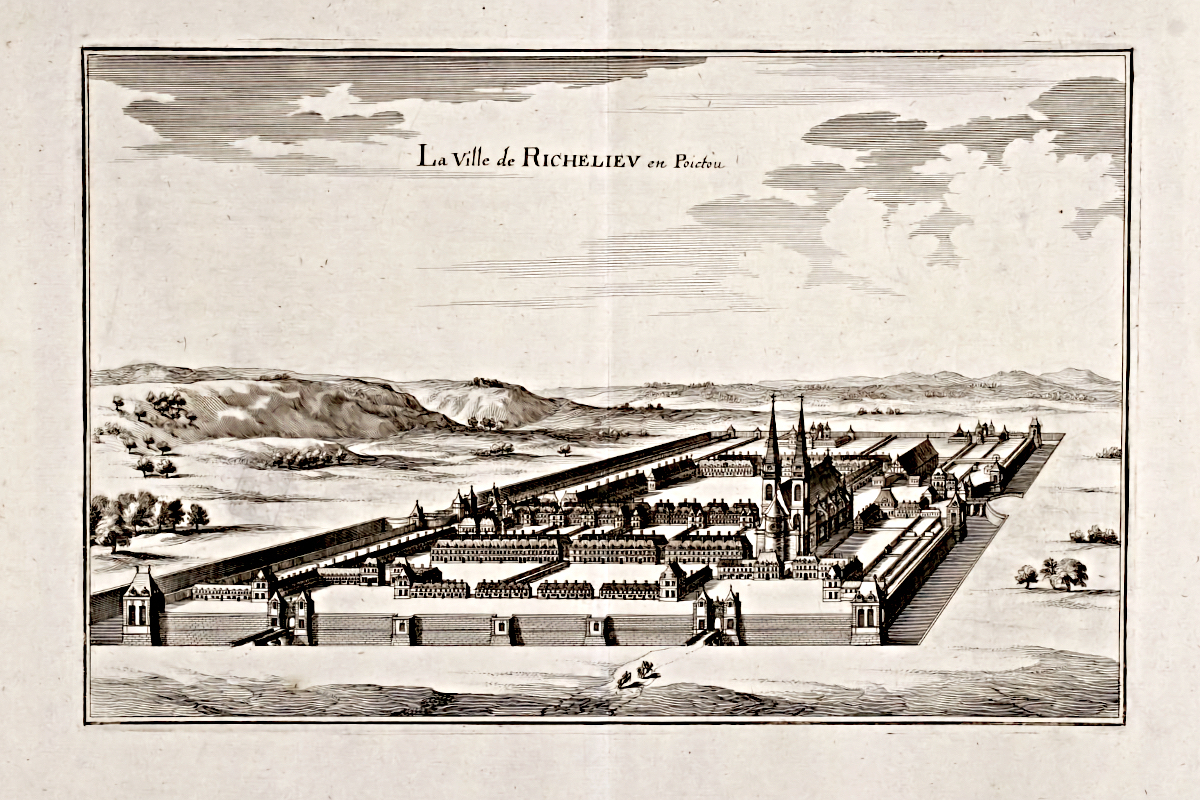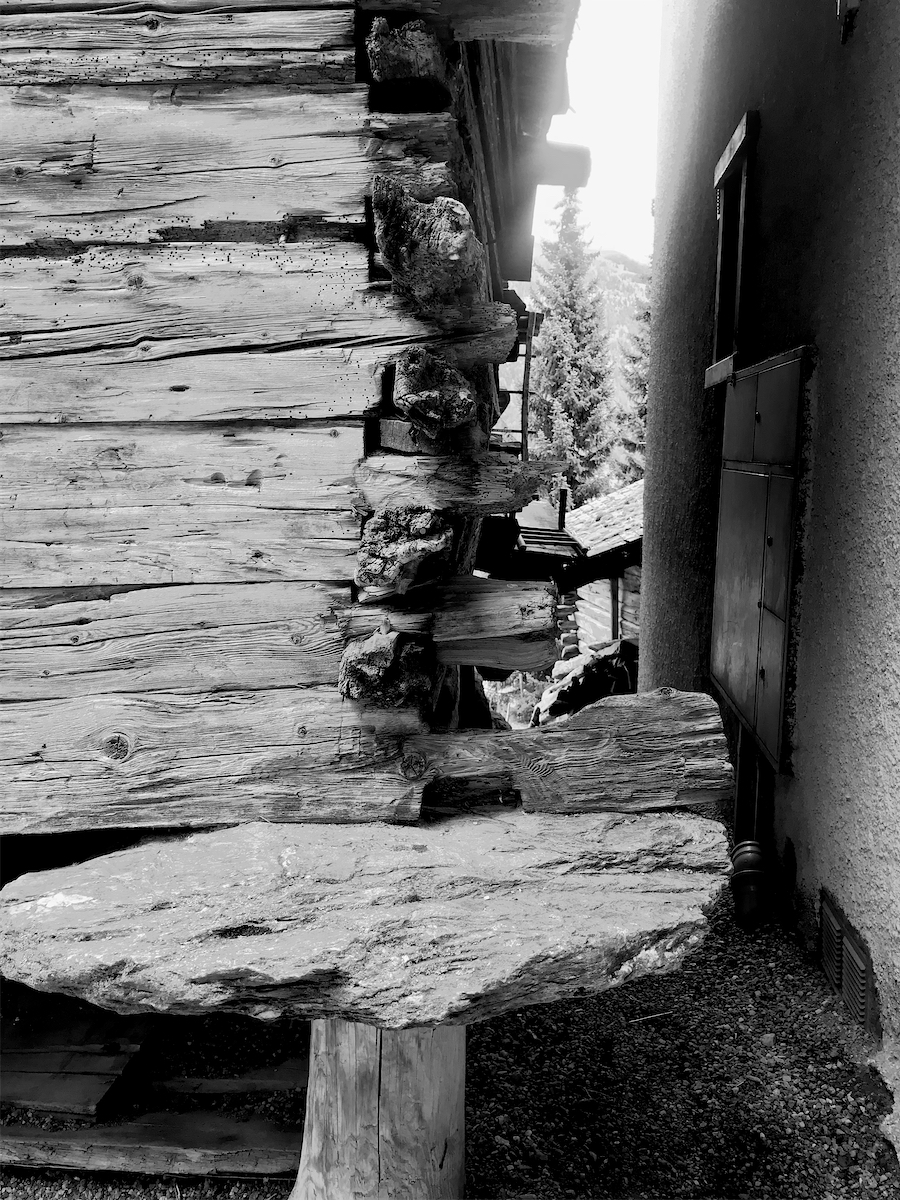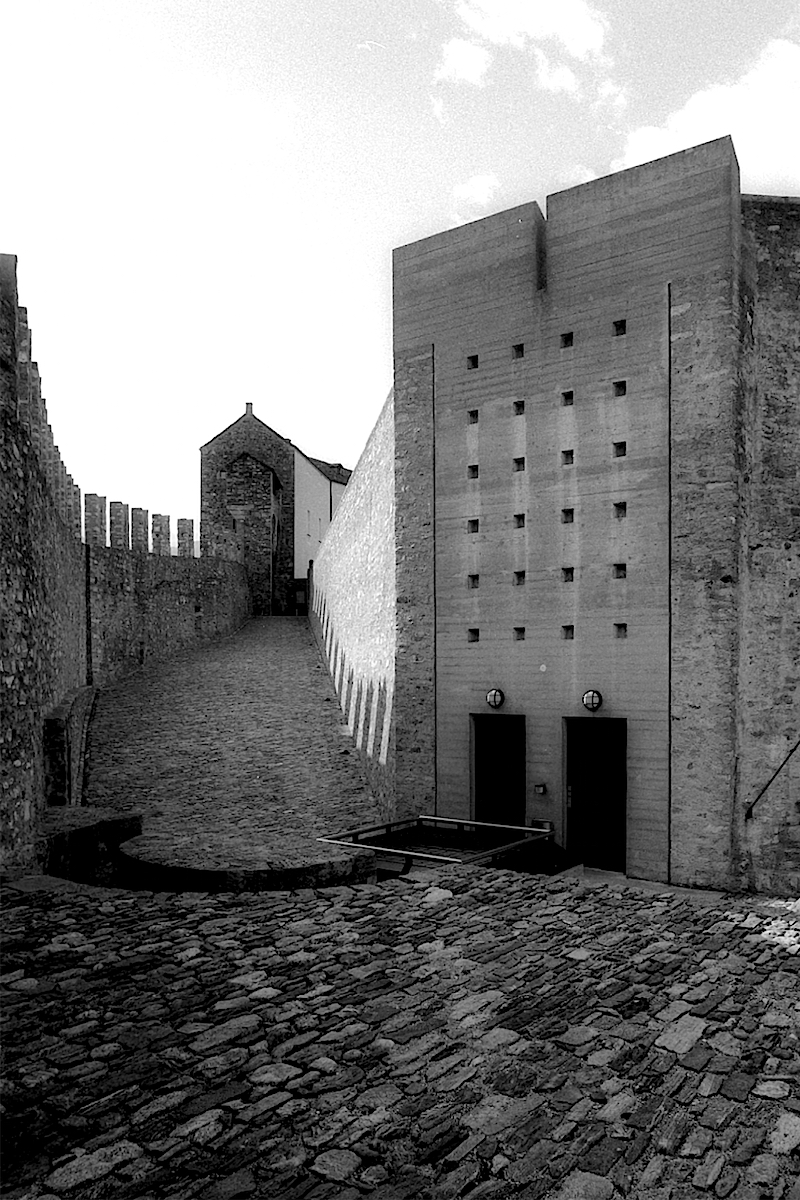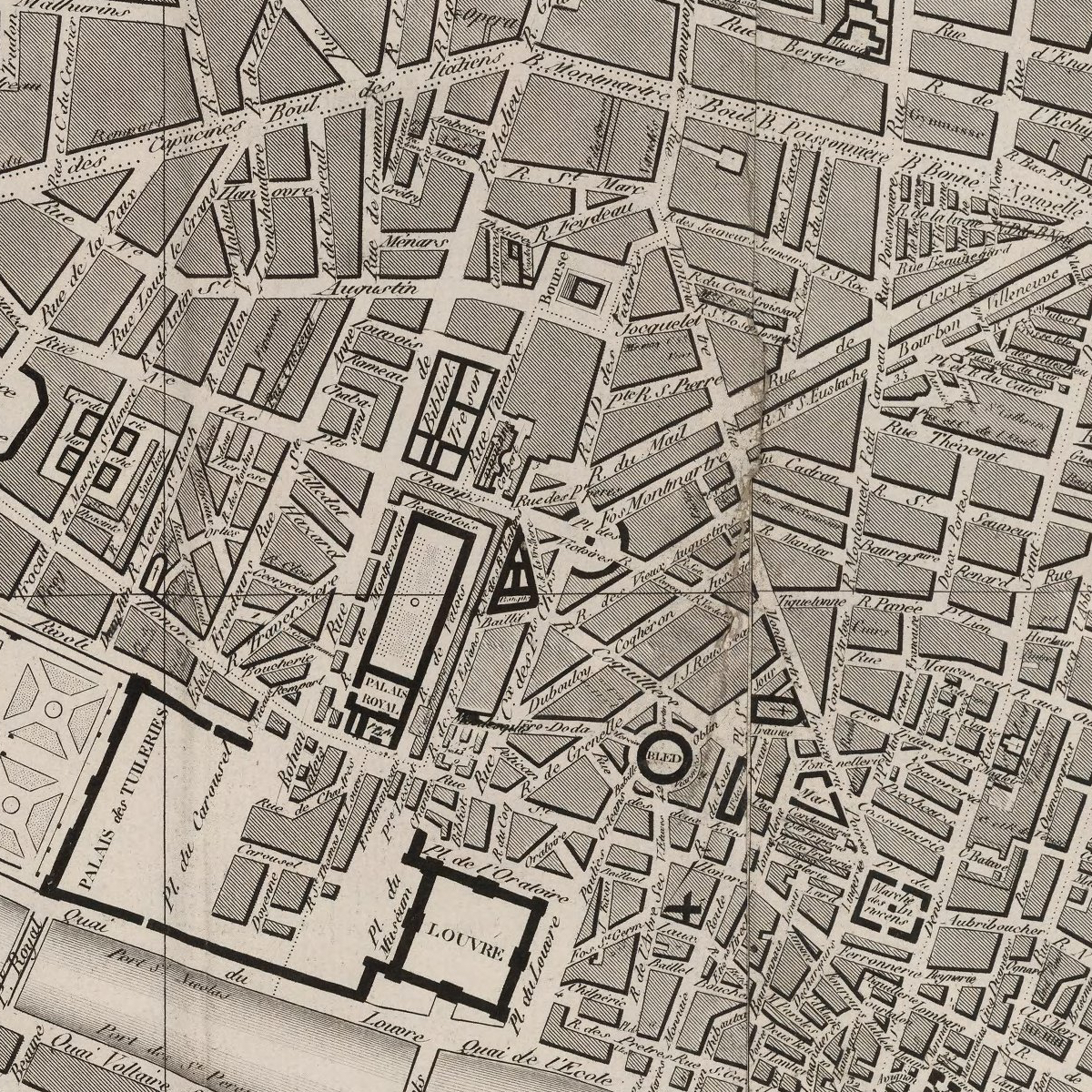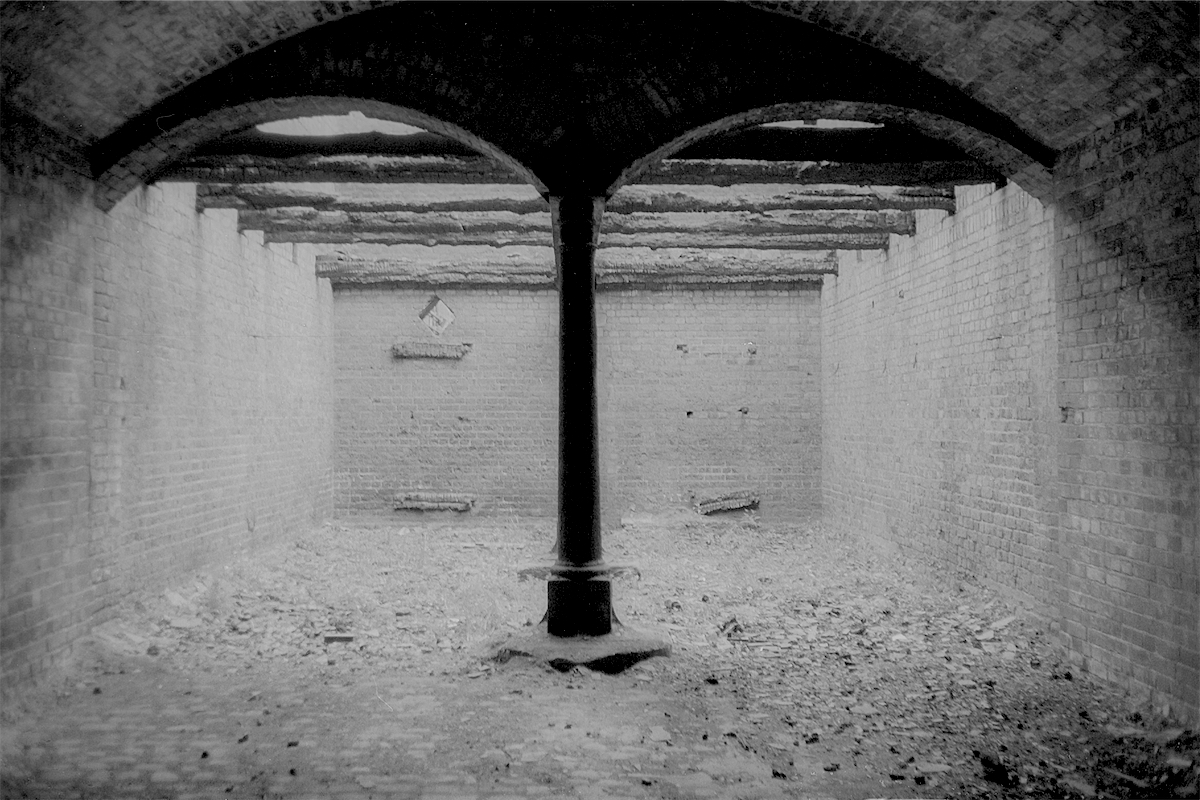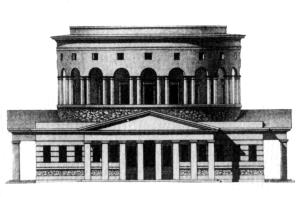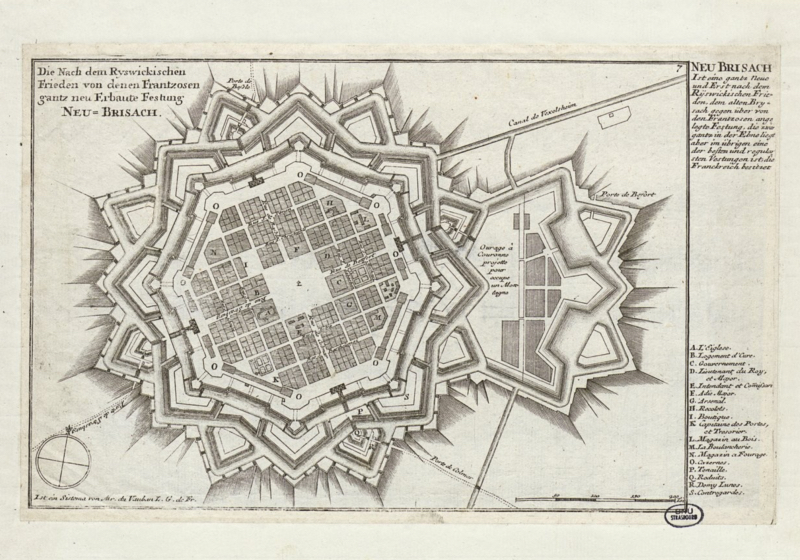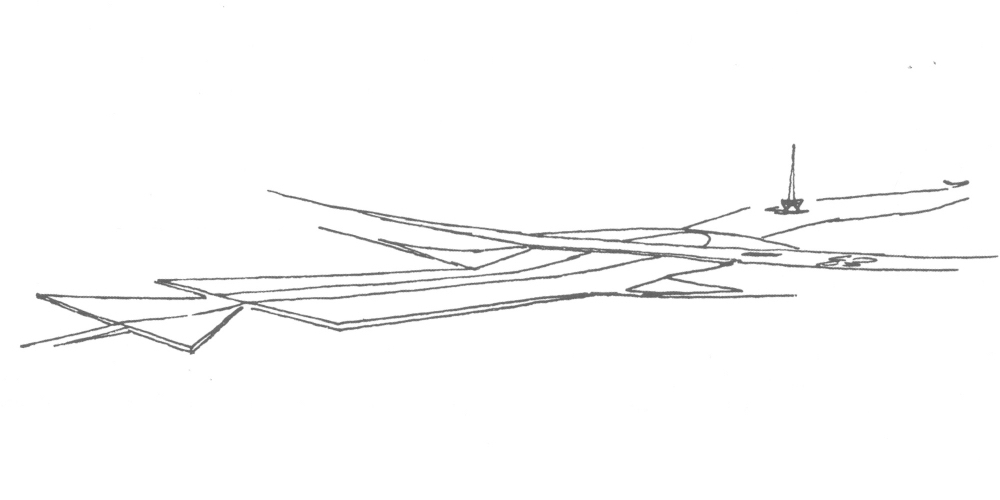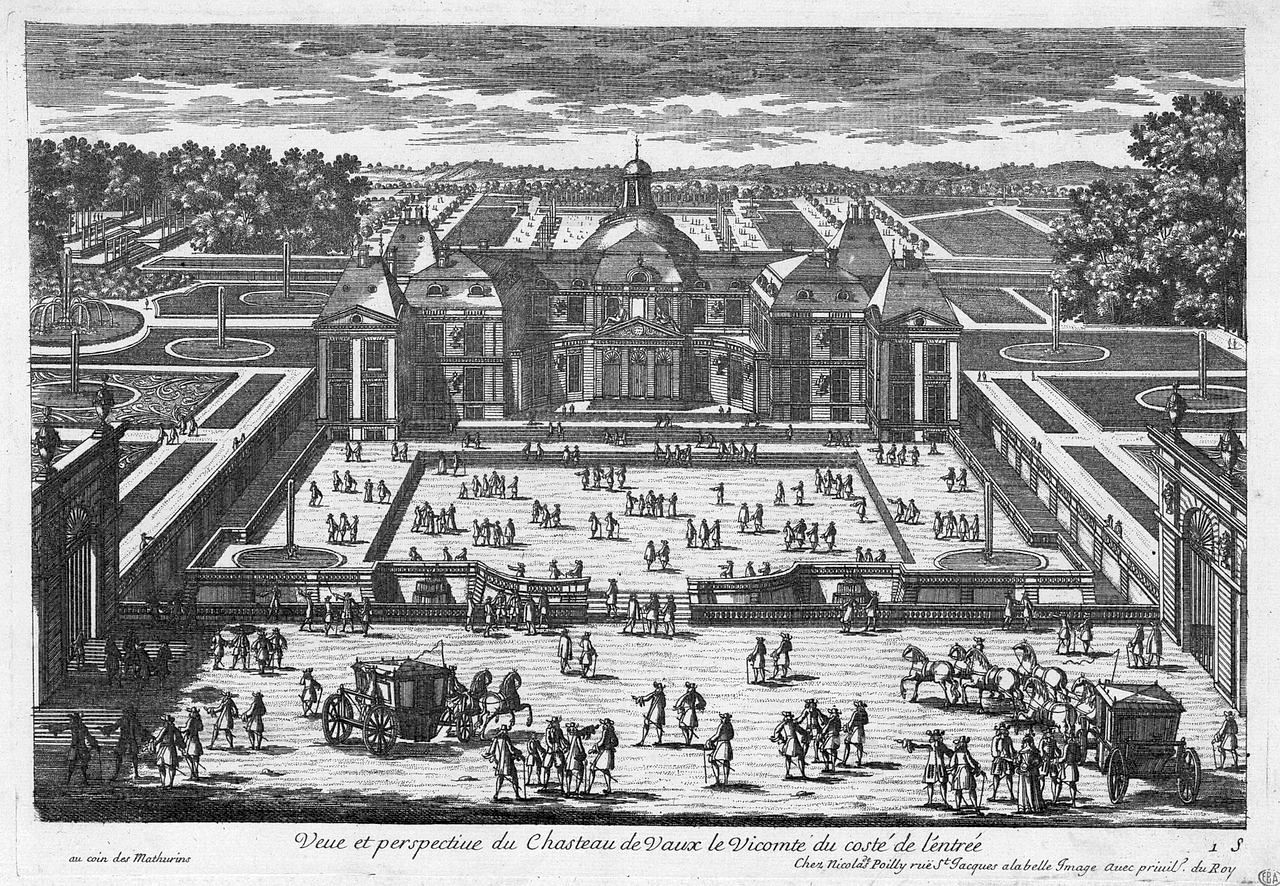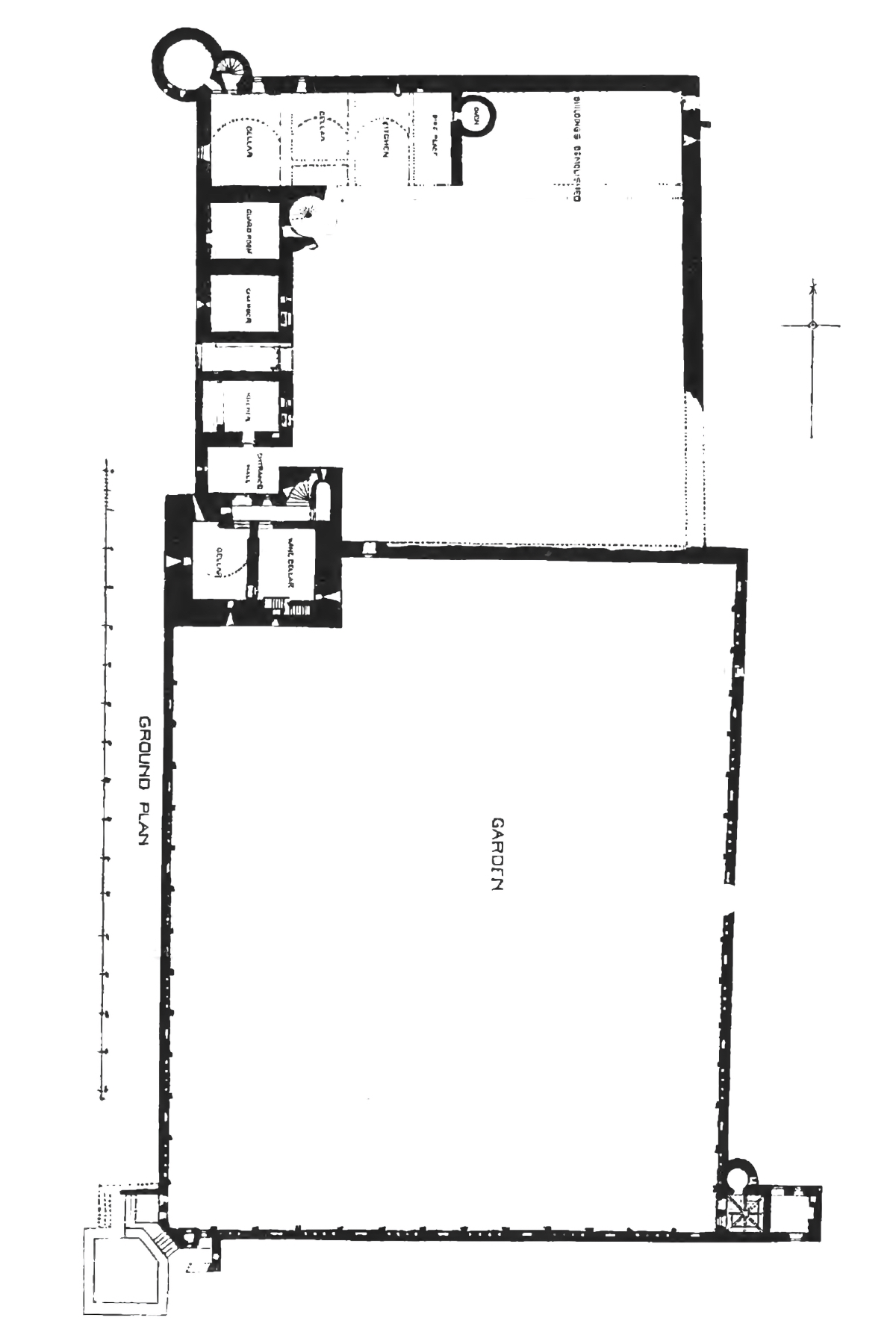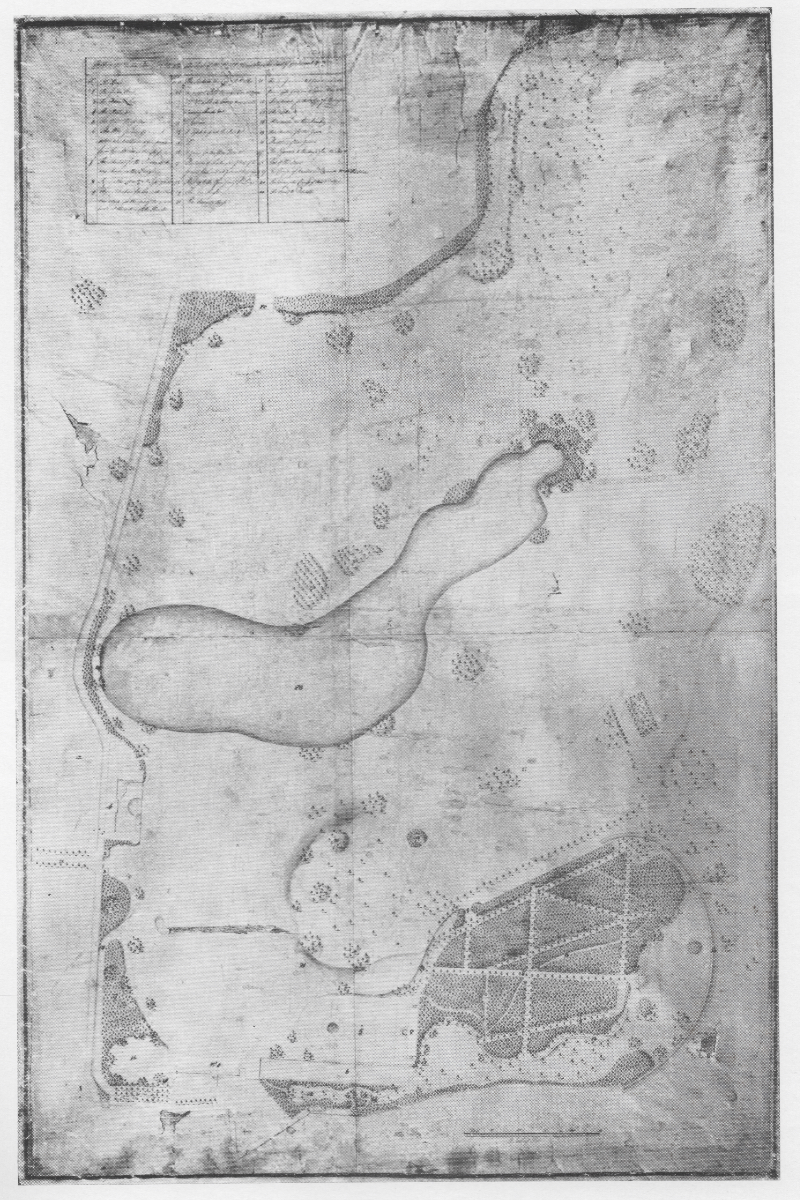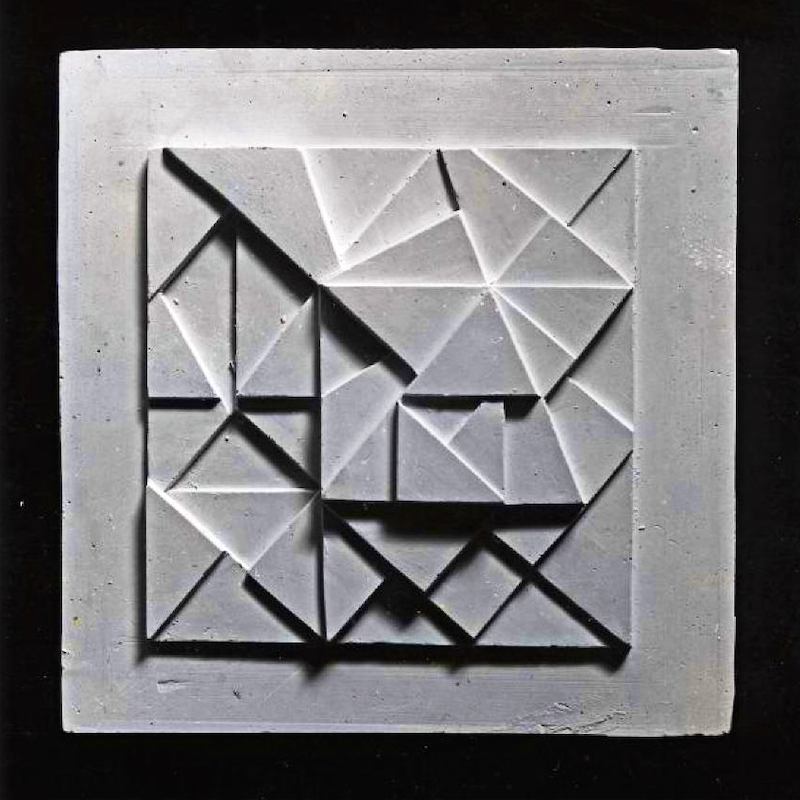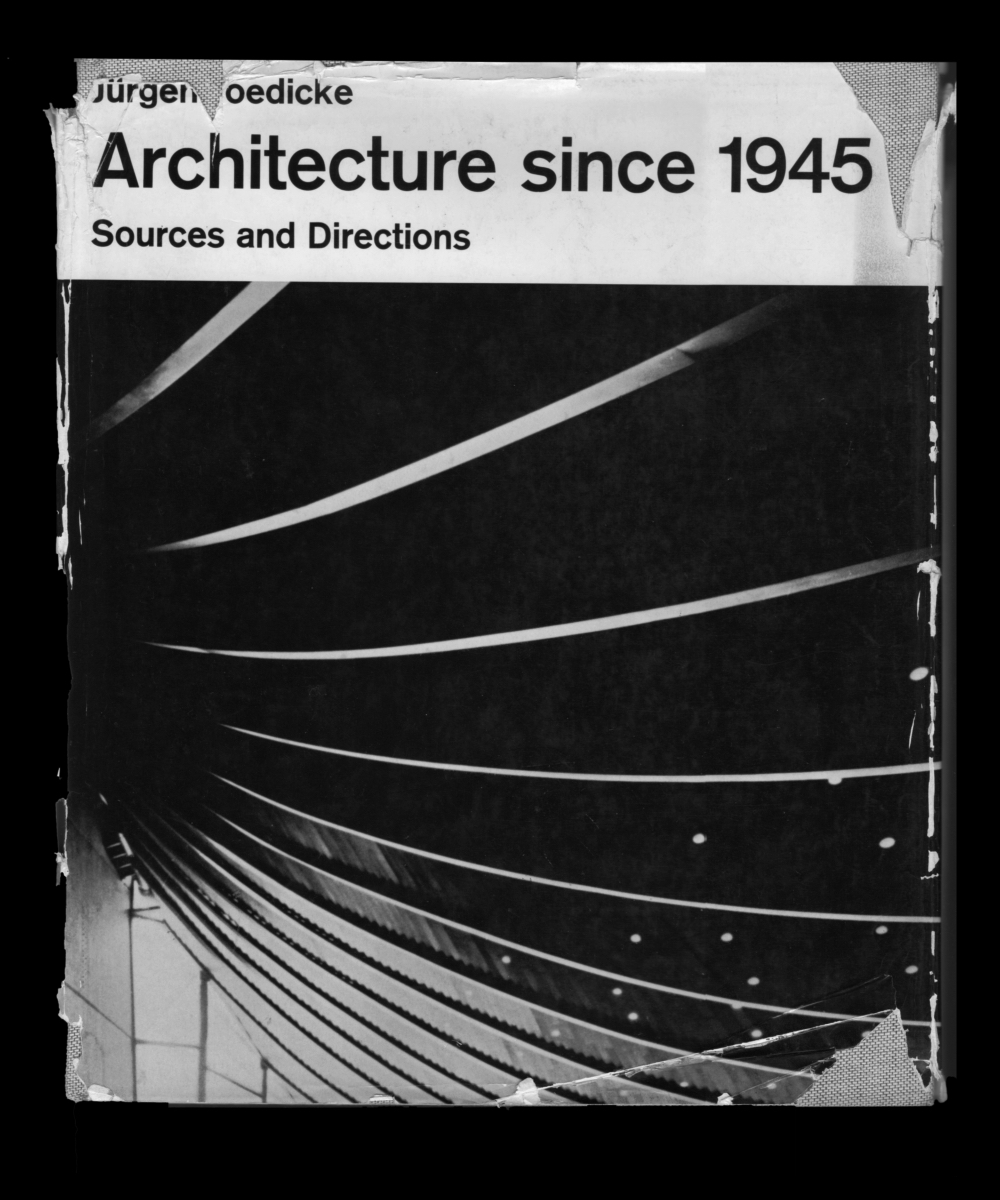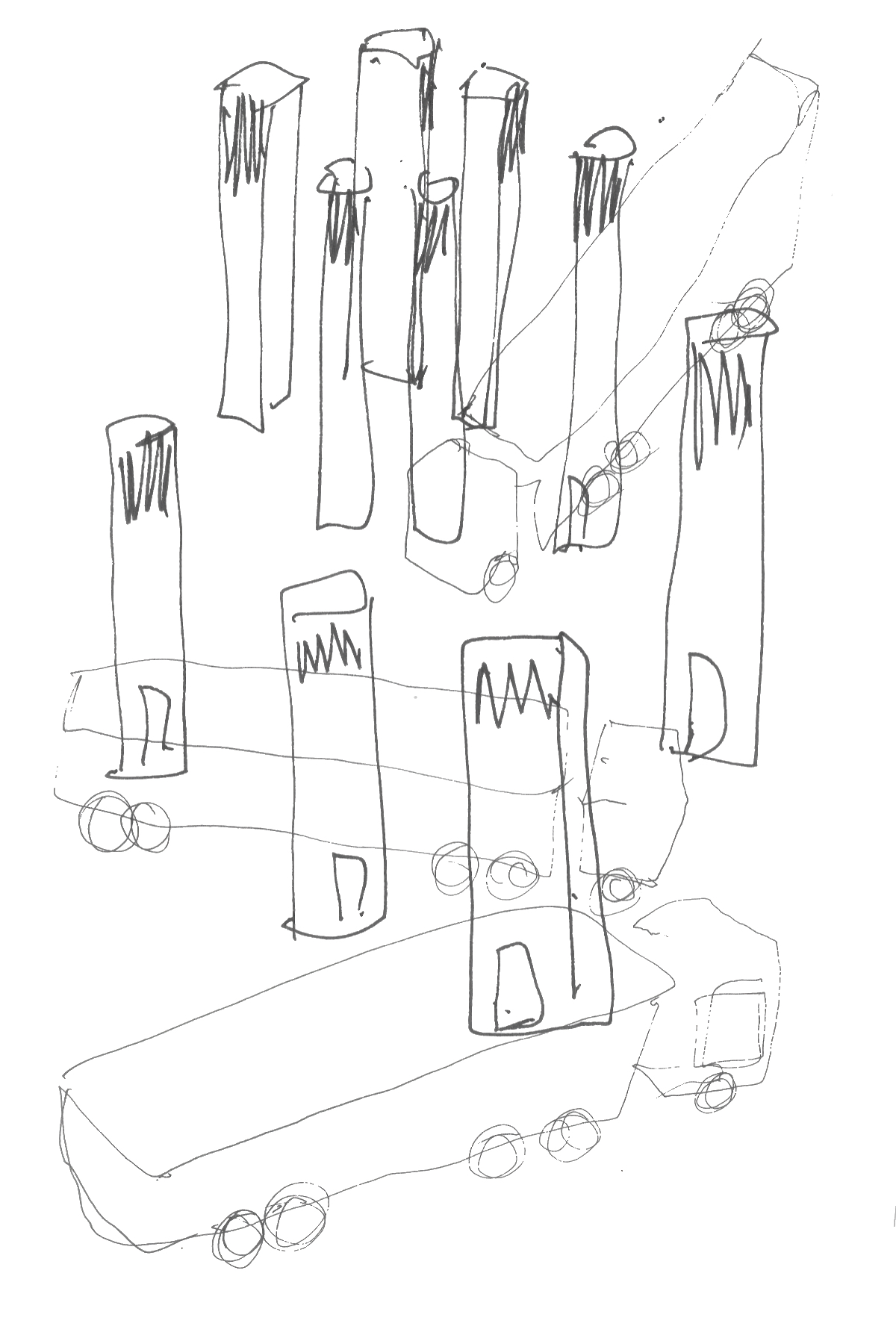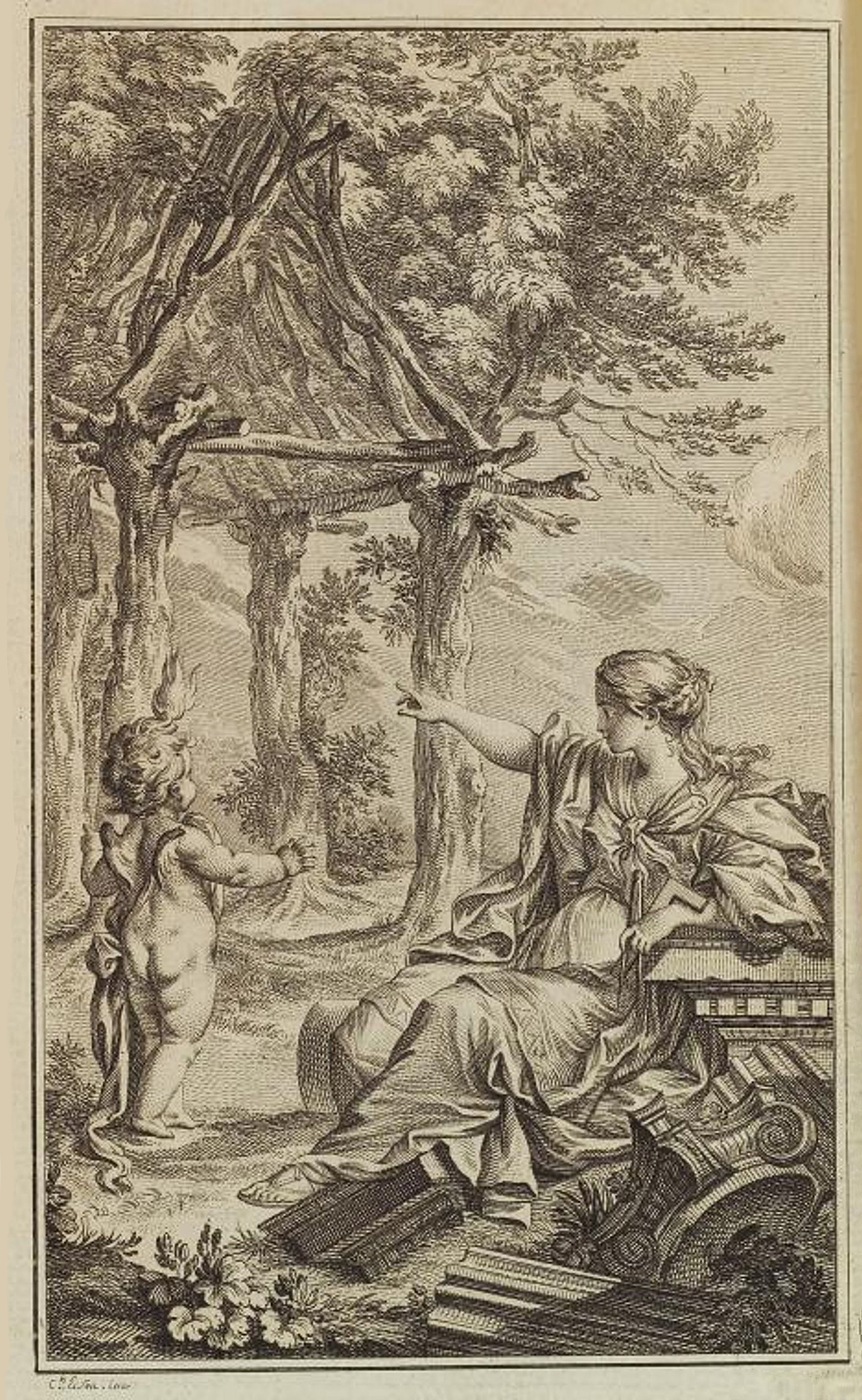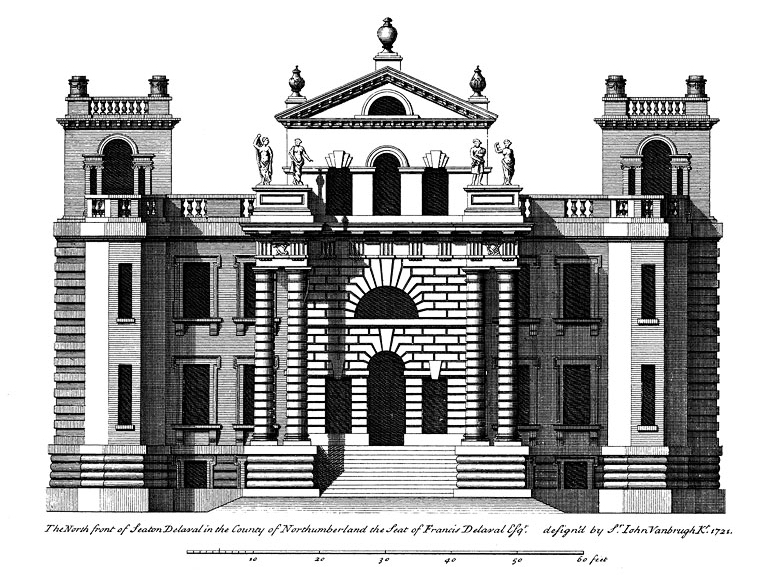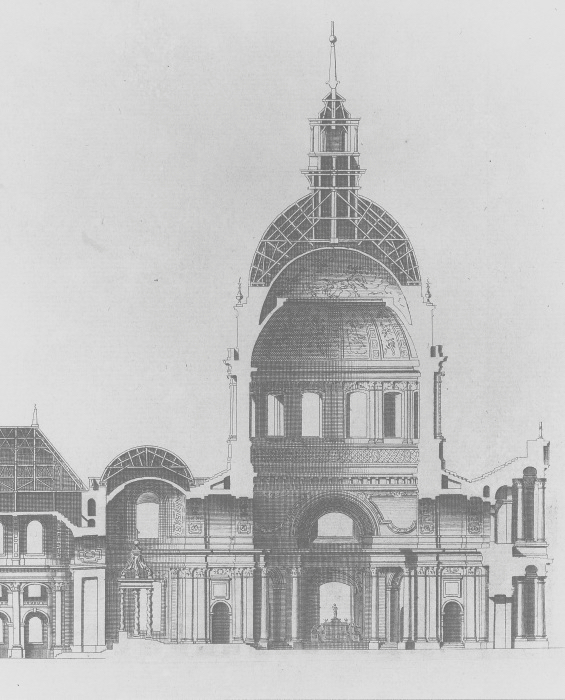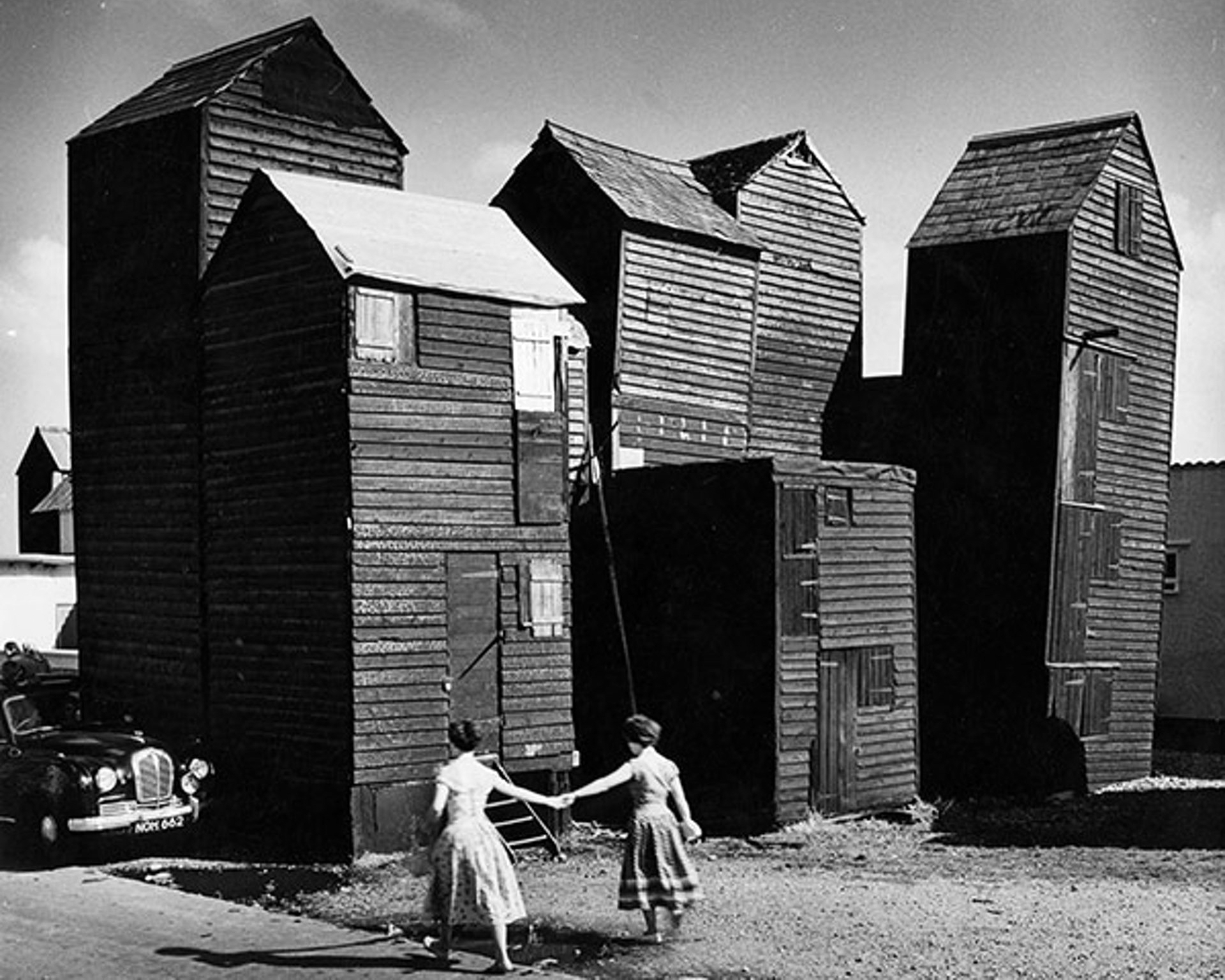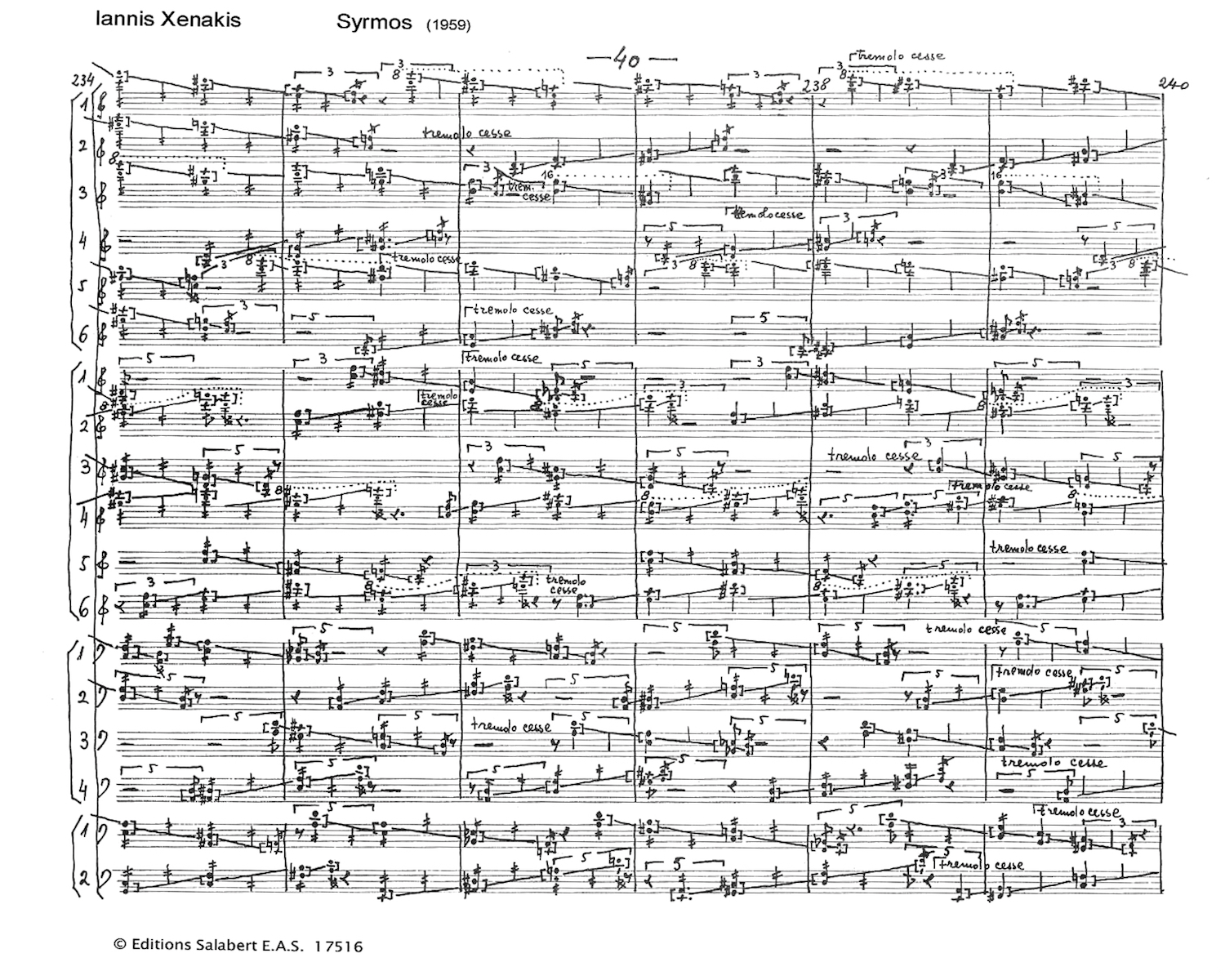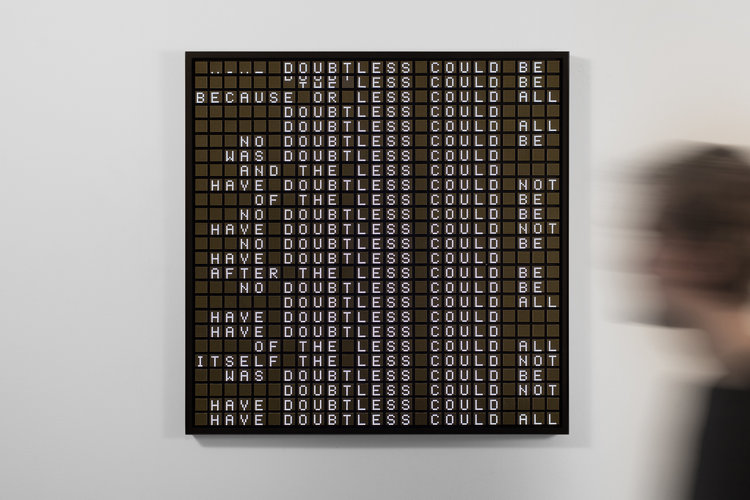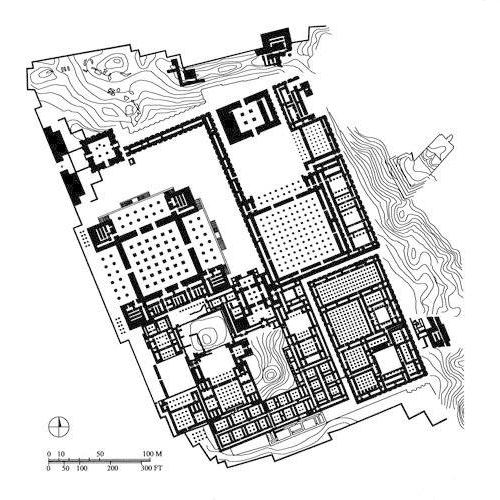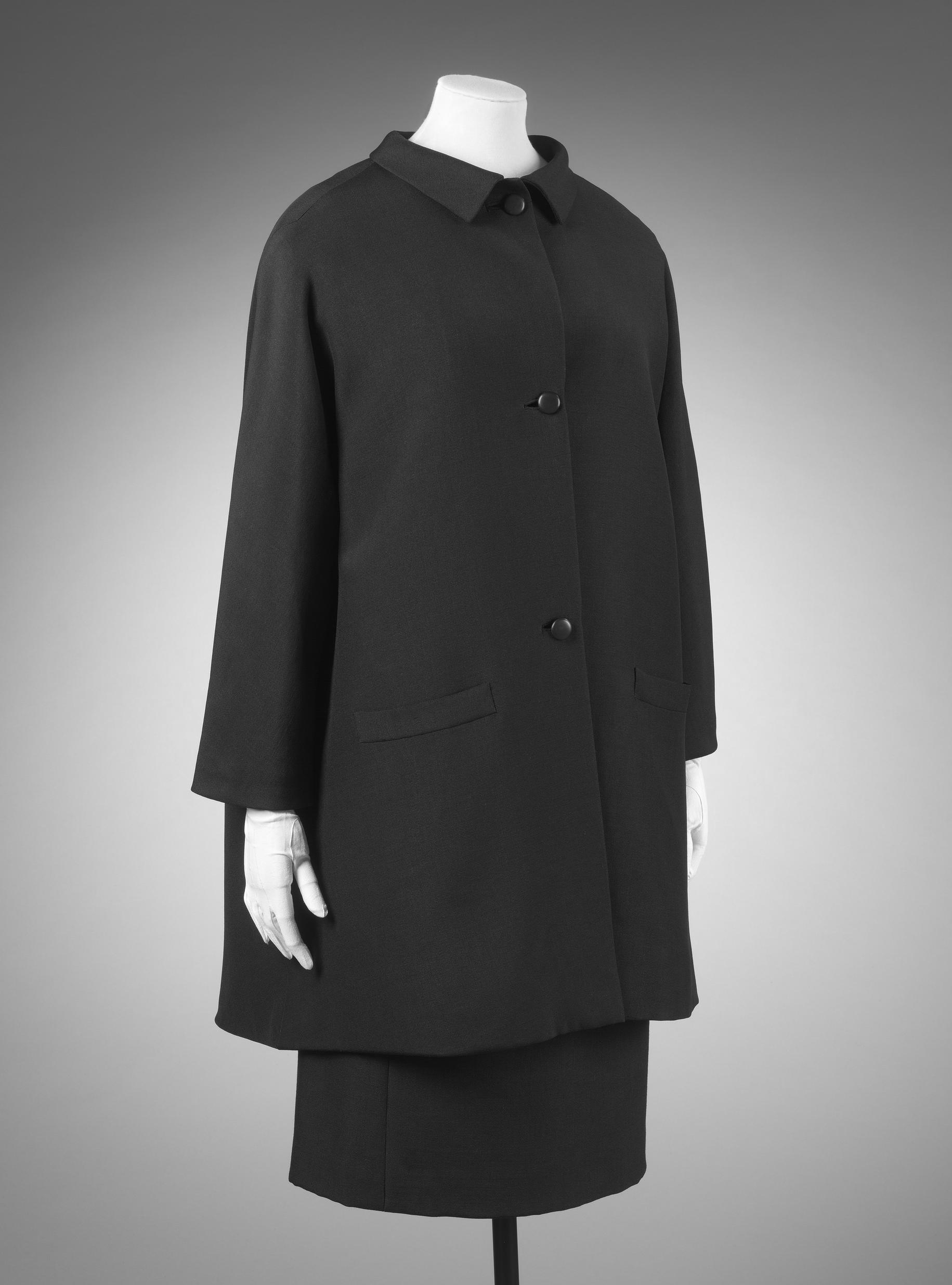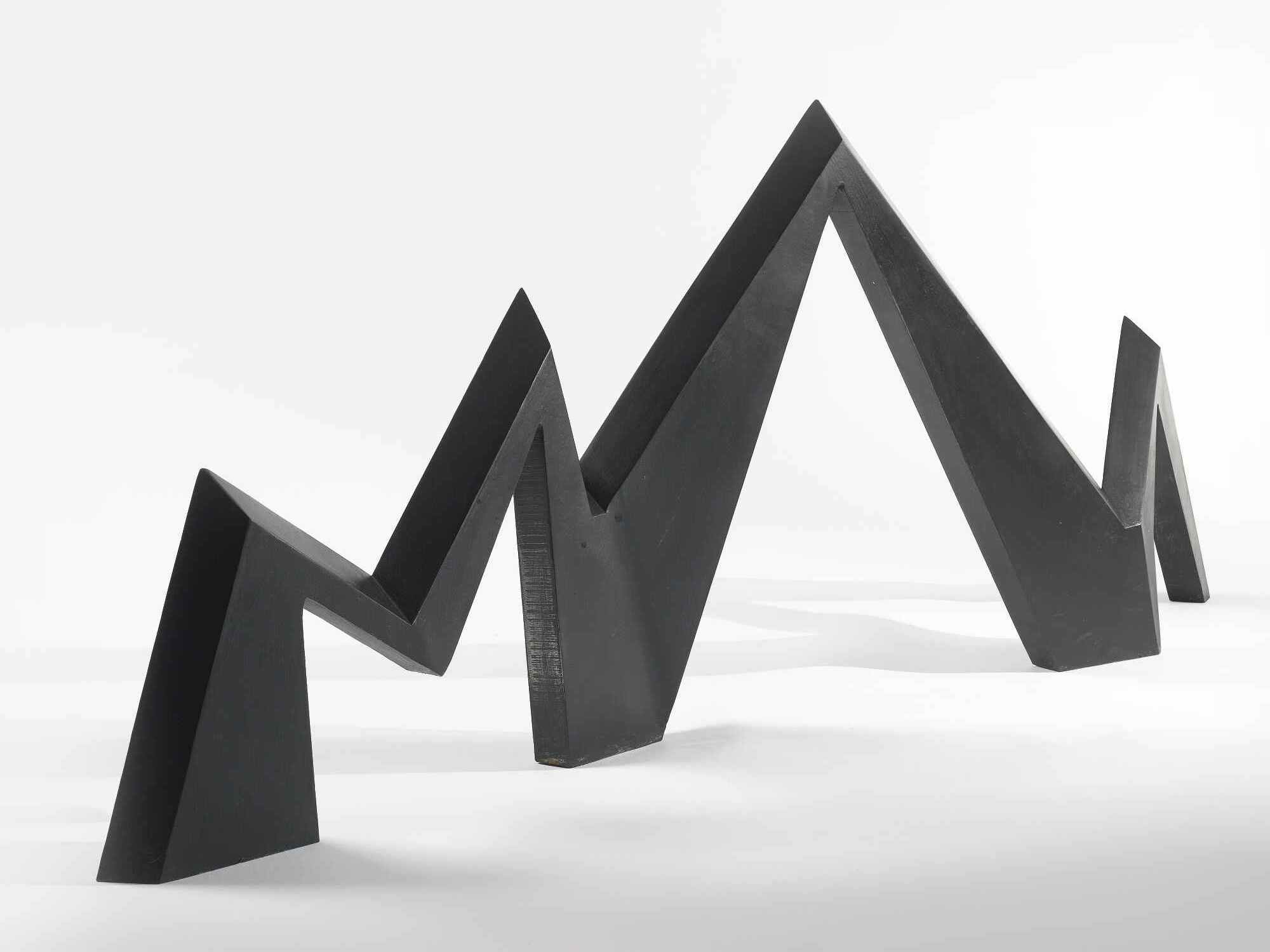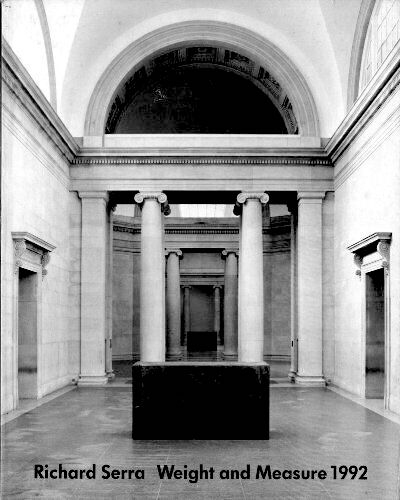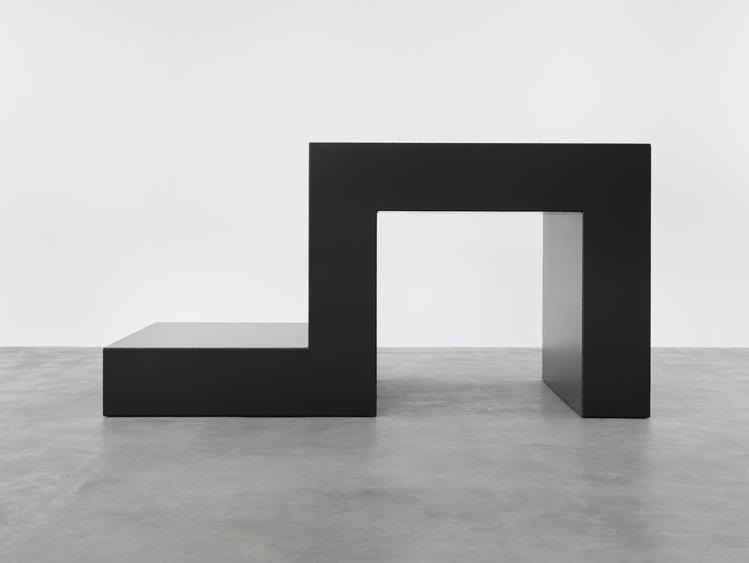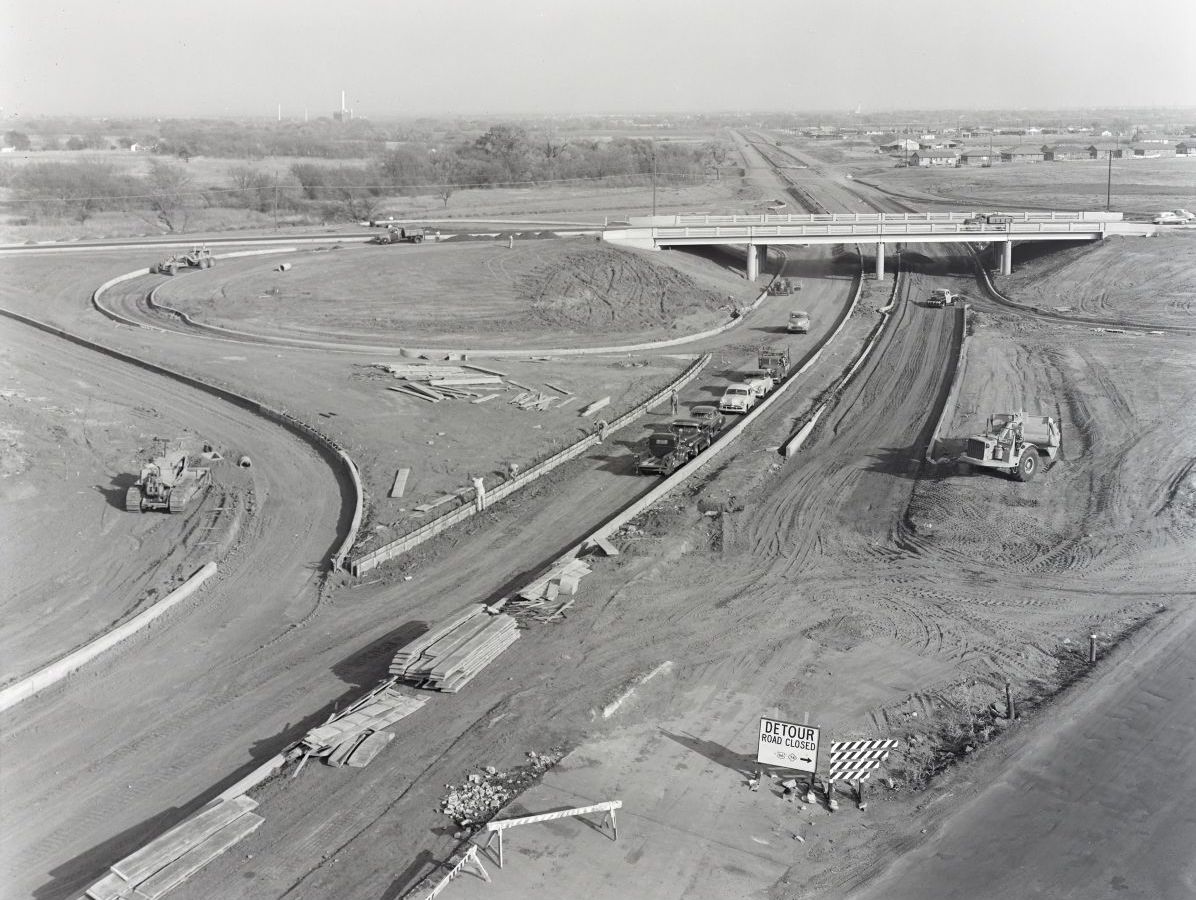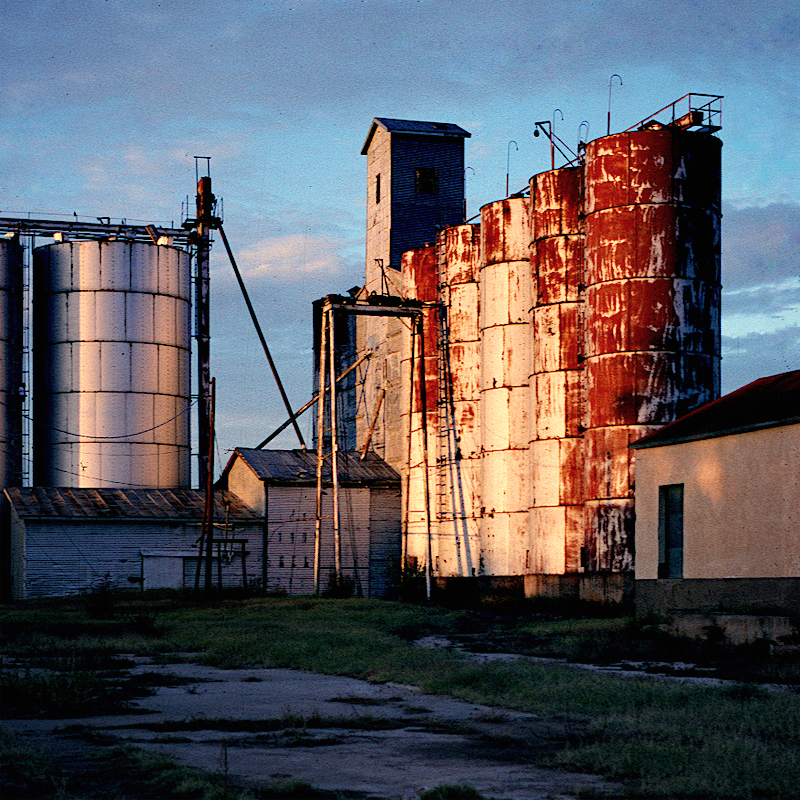thomas
deckker
architect
critical reflections
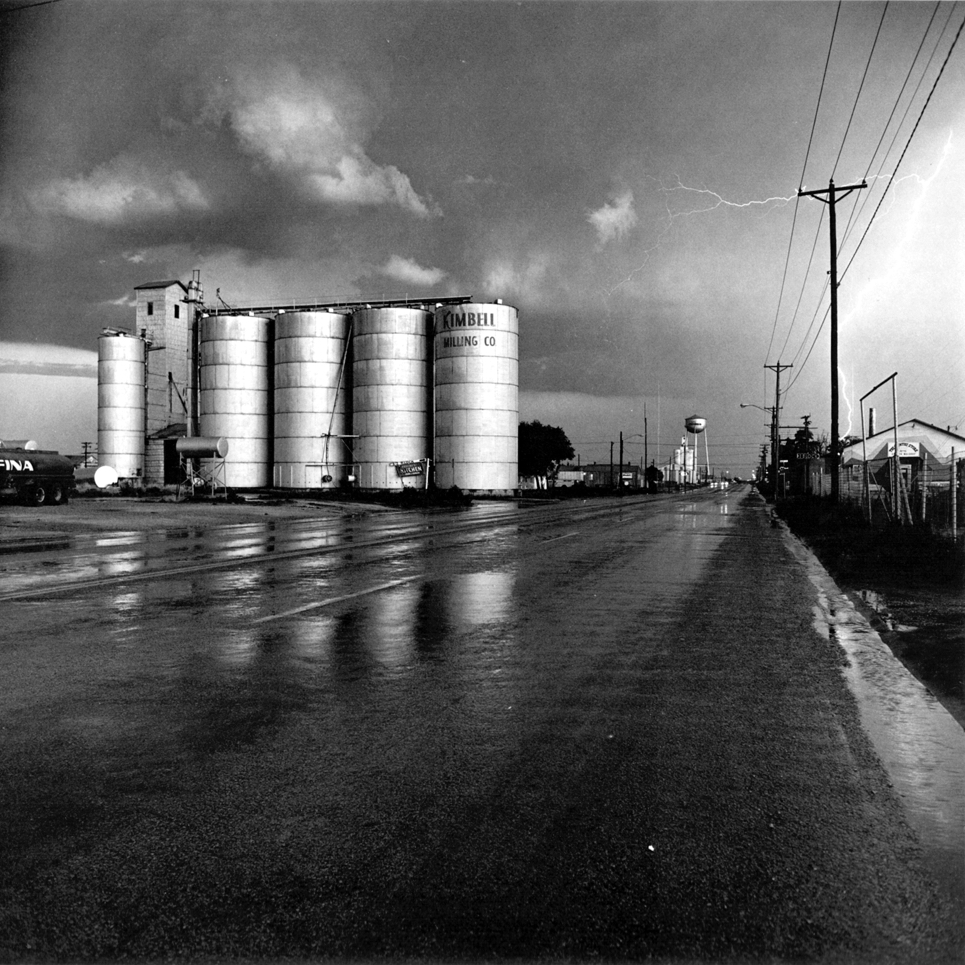
Grain Elevators and Landscape
2020
2020
Frank Gohlke: Lightning Flash, Lamesa, Texas
© Frank Gohlke 1975
© Frank Gohlke 1975
Grain Elevators
No-one growing up in a prairie town in Canada could fail to be aware of the importance of grain elevators, economically or spatially. One of the strangest memories from my childhood is of driving between the cities of Saskatoon and Regina in Saskatchewan, a distance of about 160 miles, across a perfectly flat landscape on a single straight road; exactly half way there was a small town called Davidson at which point the road divided, for a distance of about 1/2 mile, into 2 distinct parallel lanes separated by a row of trees (this road ran diagonally across the field grid, and thus brought out another spatial experience which I will discuss elsewhere). This town was dominated by - in fact, they were the reason for its existence - gigantic grain elevators. Grain elevators have been linked for me, since then, to the experience of this landscape and the road. It was an experience not only of distance, heat, and light, but of scale and the affinity of objects to specific locations. Sadly the experience in Davidson is much diminished.: only one group of elevators remains and the town has been bypassed by a provincial highway.
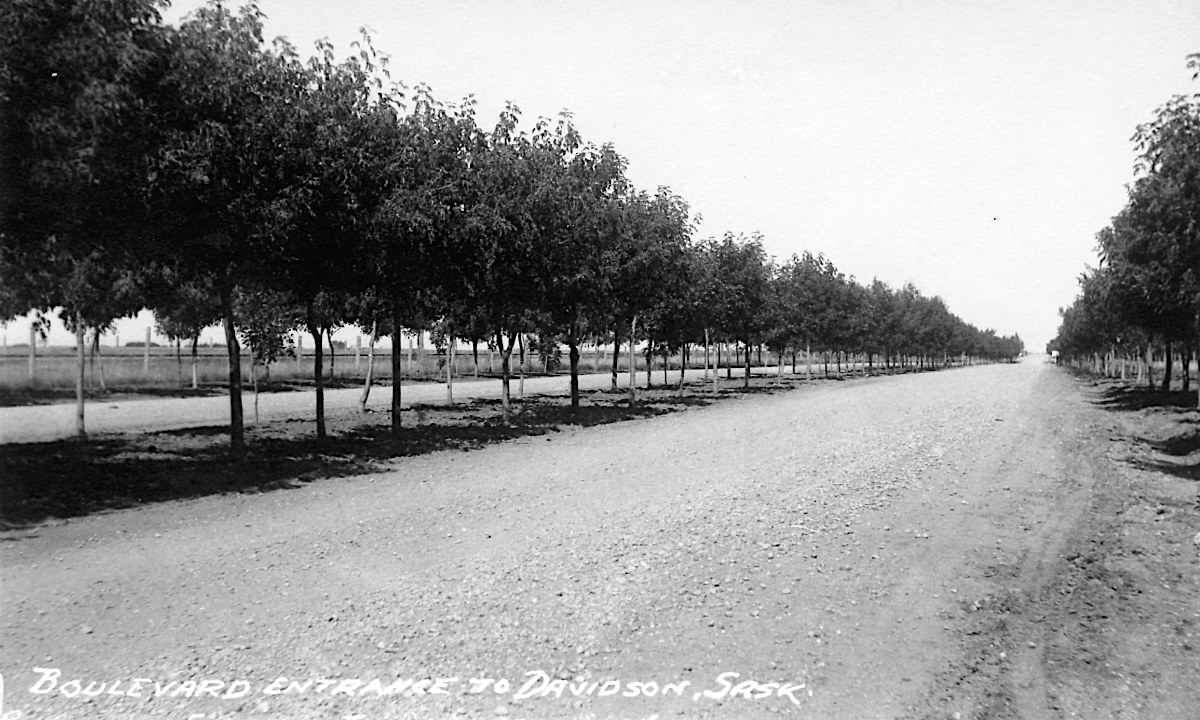
Boulevard entrance to Davidson, Saskatchewan
Historic Photograph © www.prairie-towns.com
Historic Photograph © www.prairie-towns.com
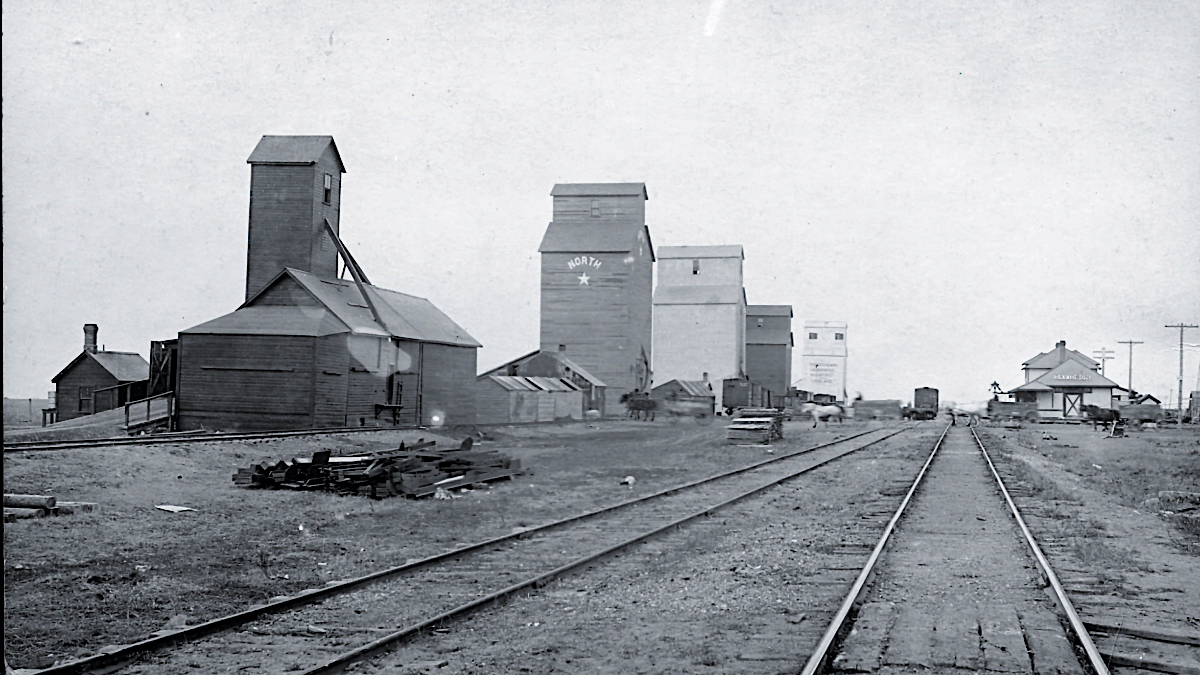
Grain Elevators, Davidson, Saskatchewan
Historic Photograph © www.prairie-towns.com
Historic Photograph © www.prairie-towns.com
I did not realise the importance of this experience until I came across this photograph by Frank Gohlke (in John Szarkowski's Mirrors and Windows, the book of a Museum of Modern Art, New York exhibition in 1978), as a student at the Architectural Association School in London. I immediately recognised how Frank Gohlke captured the essence of the prairie landscape and the juxtaposition to it of specific architectural forms. Frank Gohlke's 'Lightning Flash, Lamesa, Texas' of 1975 is, I believe, as important as Ansel Adams's 'Moonrise, Hernandez, New Mexico' of 1941 as a representation of the human condition. It inspired me to make my own trip to Lamesa.
Frank Gohlke came to critical attention when he was selected to be part of the important 'New Topographics: Photographs of a Man-Altered Landscape' exhibition at the International Museum of Photography at George Eastman House in 1975. The 'New Topographics' group included Robert Adams, Lewis Baltz, Joe Deal, Nicholas Nixon, John Schott, Stephen Shore, Henry Wessel Jr. and Bernd and Hilla Becher. The 'New Topographics' exhibition established a new paradigm in the photography of landscape and the interaction of architecture and landscape. The exhibition has been recreated by the San Francisco Museum of Modern Art, , the Center for Creative Photography, The University of Arizona and the George Eastman House International Museum of Photography and Film:
Frank Gohlke came to critical attention when he was selected to be part of the important 'New Topographics: Photographs of a Man-Altered Landscape' exhibition at the International Museum of Photography at George Eastman House in 1975. The 'New Topographics' group included Robert Adams, Lewis Baltz, Joe Deal, Nicholas Nixon, John Schott, Stephen Shore, Henry Wessel Jr. and Bernd and Hilla Becher. The 'New Topographics' exhibition established a new paradigm in the photography of landscape and the interaction of architecture and landscape. The exhibition has been recreated by the San Francisco Museum of Modern Art, , the Center for Creative Photography, The University of Arizona and the George Eastman House International Museum of Photography and Film:
A turning point in the history of photography, the 1975 exhibition New Topographics signaled a radical shift away from traditional depictions of landscape. Pictures of transcendent natural vistas gave way to unromanticized views of stark industrial landscapes, suburban sprawl, and everyday scenes not usually given a second glance.
At the time of writing Frank Gohlke does not appear to have a website but his work may be seen in Cargo Collective and The Museum of Modern Art, New York.
Grain elevators and Architecture
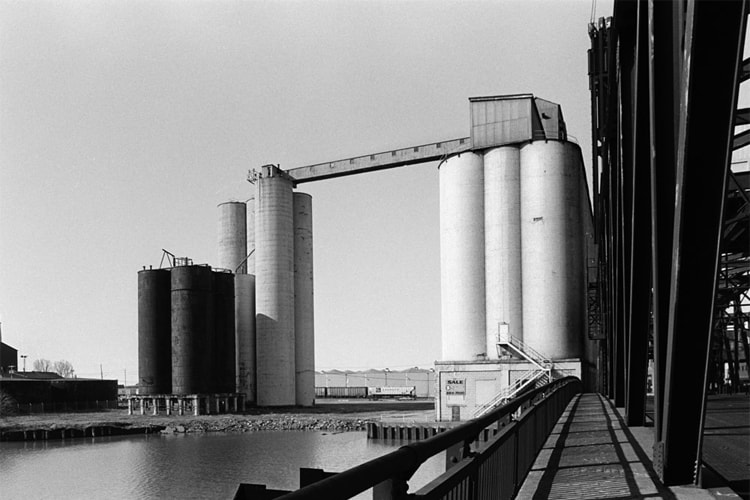
Patricia Bazelon: Kellogg Elevator
© Patricia Bazelon / CEPA Gallery, Buffalo 1985
© Patricia Bazelon / CEPA Gallery, Buffalo 1985
Grain elevators have an important place in the history of architecture. Le Corbusier illustrated grain elevators in Vers Une Architecture in 1922 and their 'engineers' aesthetic' was an inspiration to his Purist paintings and architecture. To use them as inspiration he wilfully misrepresented them, however, as Purist objects themselves. It was not until Reyner Banham published A Concrete Atlantis in 1986, with photographs by Patricia Bazelon, that there was credible evidence that they were extraordinary material and spatial objects and were, in fact, stranger than Modern architects imagined, with, for example, entirely mobile buildings. A Concrete Atlantis destroyed the myth of grain elevators as Purist objects at the time when architects (or at least some) were becoming more interested in the relationship of buildings with their sites.
Patricia Bazelon's work may be seen at the CEPA Gallery.
Patricia Bazelon's work may be seen at the CEPA Gallery.
Elevator, Lamesa, Texas
© Thomas Deckker 1995
© Thomas Deckker 1995
I was able to visit Lamesa and undertake my own study of elevators. I like to think of them as being subject to weather and time, rather than as heroic objects.
Thomas Deckker
London 2020
London 2020
